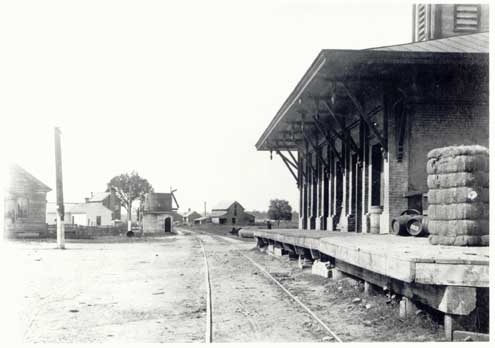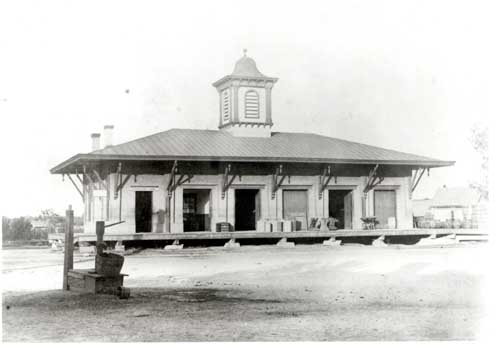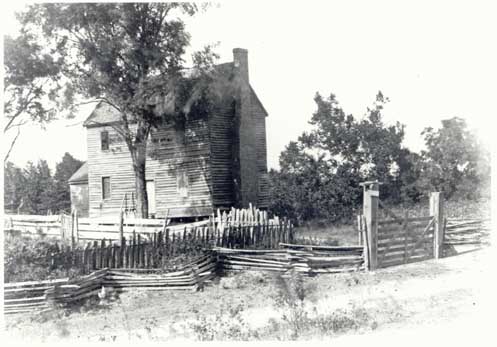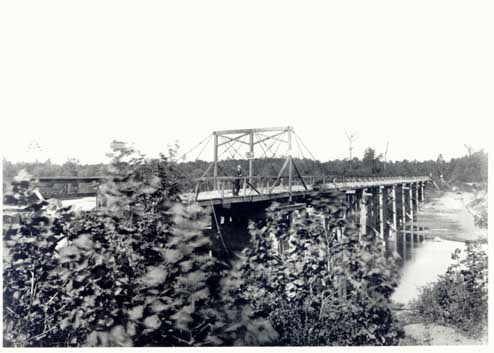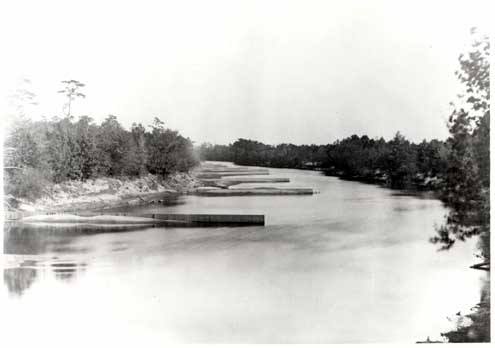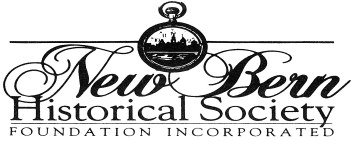
[Visit to Kinston]
On Friday morning we took the train for Kinston, reaching there about 11 A.M. We inspected the station (614, 621) and the fields beyond; then drove to the scene of the battle.
|
Photograph 614: Kinston: Where the 44th Mass bivouacked [Kinston Depot]
|
|
Photograph 621: Kinston: the Railroad Depot |
We first went to the field in which the right wing formed on that memorable Sunday morning. As one experience of passing through the swamp was enough for a lifetime, we returned by the road which our left wing had taken (616).
|
Photograph 616: Kinston: Road which the left wing of the 44th Mass followed |
The little church on the farther side of the swamp was burned several years ago, and the field is now so overgrown with trees that not a glimpse of the bridge or the town beyond could be had. The old house (619), used as a hospital, was there, its front still showing where it had been struck with bullets. The owner was just beginning to repair.
|
Photograph 619: Kinston: House near the Bridge used as a hospital |
On visiting the bridge (617) we looked over the side to see where the man in gray uniform had lain the Sunday we crossed it in December, 1862. The channel of the river is now deep and the current strong.
|
Photograph 617: Kinston: the Bridge |
A view down the river (618) shows the jetties recently built by the United States Government to improve navigation. After our battle the Confederates built strong and elaborate works to protect the bridge against another attack. We found them in the same dilapidated state as were similar fieldworks erected during the war. The only places that looked at all natural were the hospital and the bridge, the latter being a duplicate of the one burned by our forces when we recrossed the [p. 231] river. Its days are numbered, as the material of an iron bridge which is to take its place was being unloaded from the cars while we were in Kinston. We left that evening, reaching Goldsboro' about midnight. We can say with much more certainty than we could have said on former occasions, "The object of the expedition has been accomplished."
|
Photograph 618: Kinston: down the Neuse from the Bridge |
On our way home we visited Richmond, sailed down the James River, passing Fort Darling, Malvern Hill, Harrison's Landing, Bermuda Hundred, City Point, and other places of historical interest, to Norfolk, whence we took steamer for Boston, reaching home Friday night, after an absence of eighteen days. The North Carolina part of the trip might be accomplished in ten days by using the railroad only.
The visit was exceedingly interesting. Those who had been in the Southern army were particularly, cordial, and anxious to do all they could to make our trip agreeable. All were hospitable and hoped that more of the boys who wore the blue in North Carolina would pay them a visit.
On our return from North Carolina I obtained all the information possible from those who were present at the burial of comrades Morse and Rollins, near Rawle's Mills, Nov. 2, 1862. This I sent to the superintendent of the National Cemetery at New Berne, with a request that the remains of these men might be removed to that place. Sometime afterwards I received the letter of which a copy is given below, showing that the removal had been accomplished: --
UNITED STATES NATIONAL CEMETERY, OFFICE OF SUPERINTENDENT,
NEW BERNE, N. C., May 22, 1885.
Mr. Wm. G. REED, Sec. 44th Mass. Vols. ASSOC., 24 Ex. Pl., Boston, Mass.
SIR, ‑ In compliance with your request, you are informed that the bodies of the three United States soldiers at Rawle's Mills, North Carolina, have been disinterred, brought to this cemetery, and reinterred. They were in fair preservation, and each readily recognized from your description. Their numbers are as follows: Charles Morse, Company E, Forty-fourth Massachusetts, grave No. 3256; Charles E. Rollins, Company C, Forty‑fourth Massachusetts, grave No. 3257 ; _____ King, Marine Artillery, grave No. 3258.
Very respectfully, your obedient servant,
ED. TAUBENSPECK, Superintendent.
[p. 232] Aside from the pleasure derived from again seeing those places so prominent in our memories of army life, there is a peculiar gratification in having been the means of securing the removal of the remains of those fallen comrades from neglected graves to the beautiful resting‑place provided by the United States Government.
Previous Page: Visit to Washington, continued
Next Page: Images not described in the text
Images scanned and text prepared by Victor T. Jones, Jr.
This page last edited on 21 Aug 18.
